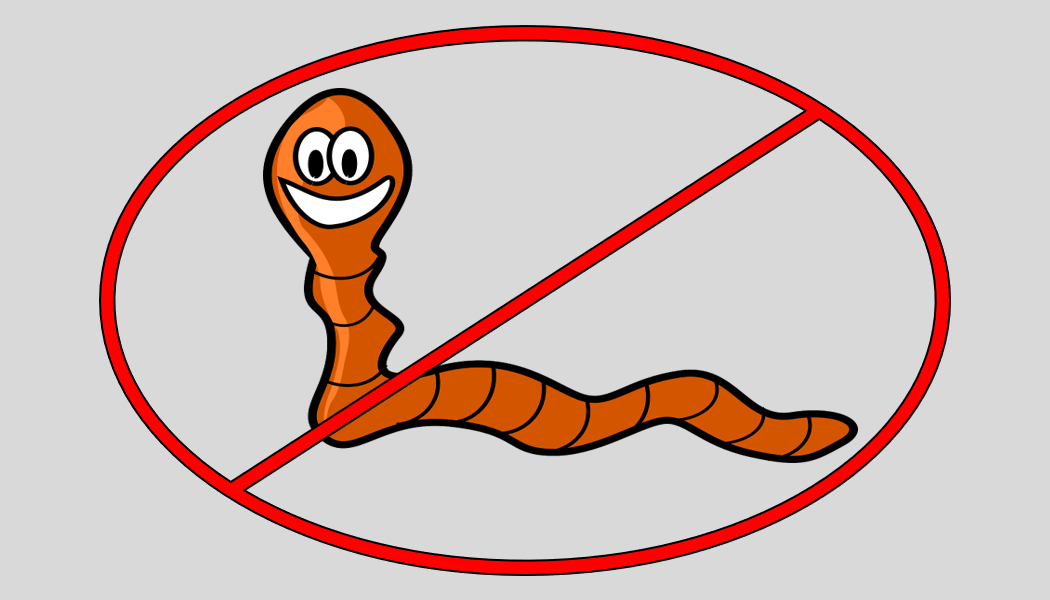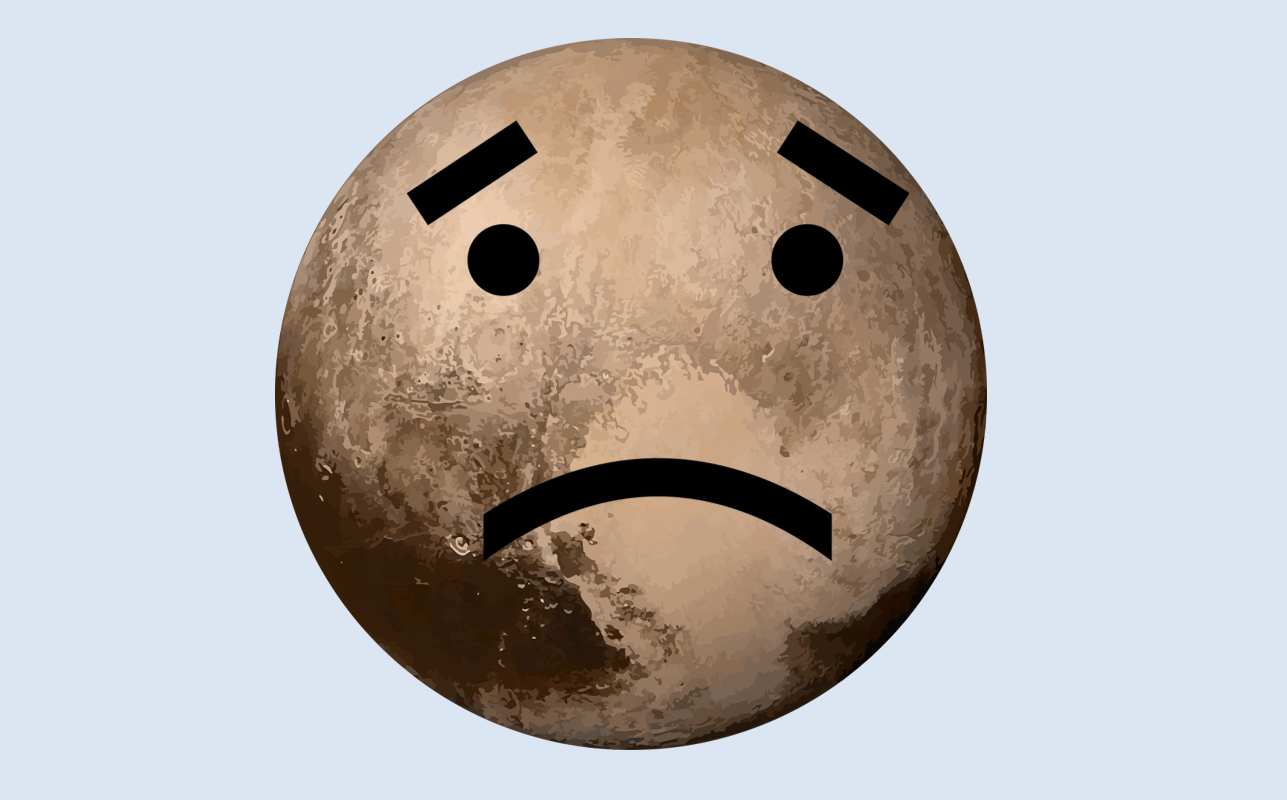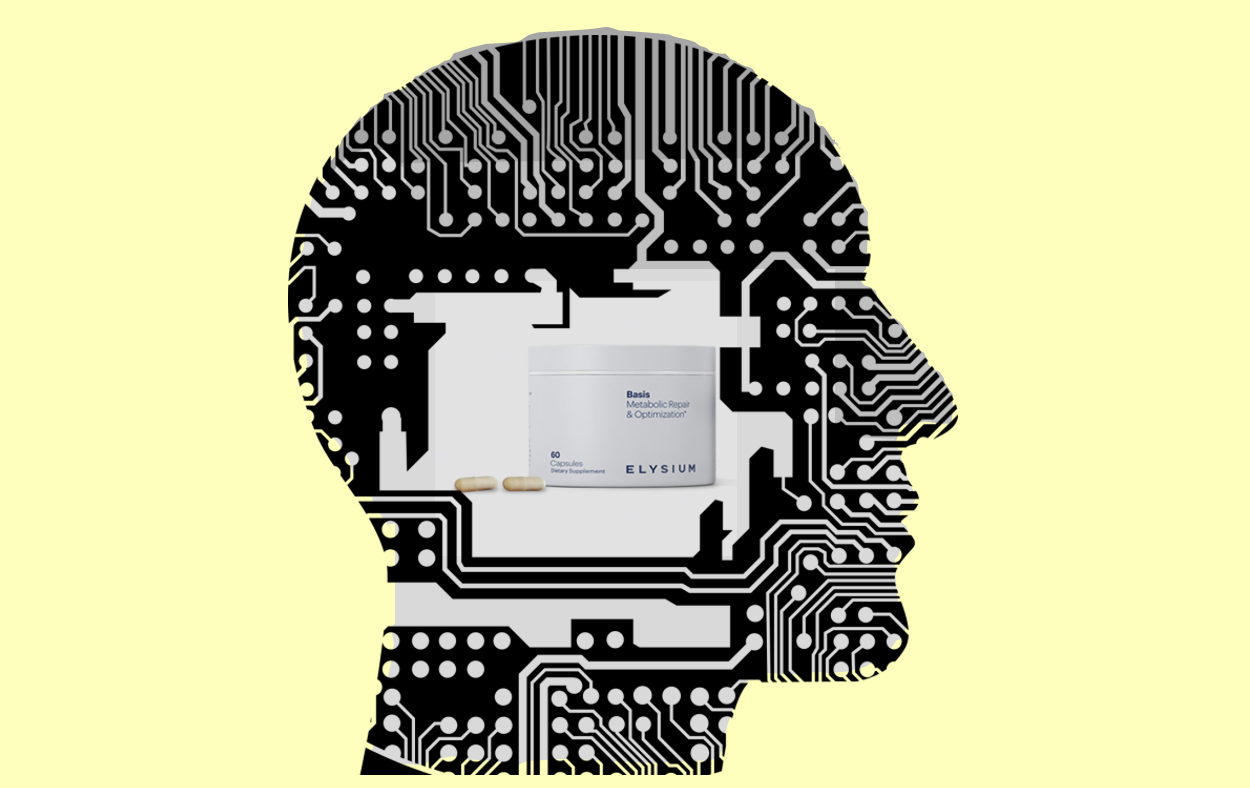What are tapeworms and how do people get them?

Tapeworms are parasitic flatworms. There are over a thousand known species of tapeworm, and at least one of them can infect every known vertebrate animal (vertebrates are animals with a backbone). That includes all birds, reptiles, and fish. Humans can be infected by at least 13 different species of tapeworm. The most common tapeworms in humans are as follows:
- Taenia saginata. The beef tapeworm, which infects humans when they eat raw or under cooked beef.
- Taenia solium. The pork tapeworm, which infects humans when they eat raw or under cooked pork, or if the come in contact with food or water contaminated with pig feces.
- Diphyllobothrium latum. The fish tapeworm, which infects humans when they eat raw or under cooked fresh water fish.
- Echinococcus granulosus. Humans get this from drinking water or eating food contaminated with the feces of infected animals, or from eating raw or under cooked meat.
Today’s chemical: Radon
What is radon?
Radon is an element with the atomic number of 86. Radon is always radioactive, which means it is unstable and releases energy in the form of alpha decay radioactivity (other types of radioactive decay include beta and gamma decay). Usually, in terms of human health, alpha decay radioactivity is the least concerning, because the alpha particles generally cannot penetrate through clothes or skin. Radon, unfortunately, is a gas, and that makes it dangerous, because you can breathe it in, and once inside you, the radioactivity can damage your lungs.
How are people exposed to radon?
Radon doesn’t hang around very long; it has a half-life of less than 4 days. However, it is a breakdown product of uranium and thorium, which are two of the most common radioactive elements in the Earth’s crust. This means that if there is any uranium or thorium in the soil, radon will always be present, because it is constantly being generated by the decay of these other radioactive elements. Radon is actually just one stop on a long chain of “daughter” elements in the stages of decay for uranium and thorium, as they eventually decay into lead, but it is the one we are most concerned with because it is the only one that is a gas, while all the rest are solids.
Things started out really well for Pluto in the eyes of those of us Earthlings. It was formed 4.6 billion years ago with the rest of our solar system, and since then had been hanging out in a distant orbit around the sun. Clyde W Tombaugh discovered Pluto in 1930, and it was named after the Greek god of the underworld, apparently based on the advice of an 11-year old girl. At this point, it became the 9th planet in our solar system, and it remained a planet in the eyes of humanity for many years, the Pizza that our mothers served us in the old school mnemonic:
My Very Excellent Mother Just Served Us Nine Pizzas.
But things started to change for Pluto in 1978. It was then that Pluto’s moon Charon was discovered. The presence of the moon allowed astronomers to calculate Pluto’s size accurately based on Charon’s orbit. It turned out that Pluto was really small. Originally thought to be larger than Mercury, it turns out Pluto was way smaller – only 1/25th the size of Earth and smaller than 7 moons in our solar system: Jupiter’s Ganymede, Callisto, Io, and Europa, Saturn’s Titan, the Earth’s moon, and Neptune’s Triton. That didn’t seem very planet-like…

Ridiculous question from the internet: If we are just chemicals, molecules, then each molecule must also be self aware, mustn’t it?
Source of said ridiculous question: Quora.com
Science’s answer: Nope. Think of it this way: you wouldn’t say that the molecules in a glass of sugar water were self aware, right? If you were to drink the sugar water, some of the molecules of water and sugar would end up in your brain, but would still not be self-aware. “Self awareness” is the ability to recognize yourself as separate from other similar organisms. Some say that this requires the ability to communicate on some level, since in order to recognize yourself as different from others, you would need a “name” to call yourself. It is believed that, besides humans, apes, monkeys, elephants, dolphins, and magpies are capable of self-awareness. Individual molecules are not.
I see adds for a supplement called Elysium all over FB, and they seem to have real science behind their product. If it safe? Should I be taking it? – M.B. Boston, MA
Great question. First, some background. Many people know Elysium as a mediocre (58% audience score on Rotten Tomatoes) Matt Damon movie from 2013. Classics scholars will remember Elysium from Greek mythology as a heaven-like place where righteous people go after they die. It is likely that the supplement company (the product is actually called Basis) and the movie where both named after the Greek myth.

The Elysium Basis supplement contains Nicotinamide riboside, which is a precursor for a common and essential enzyme cofactor called nicotinamide adenine dinucleotide (NAD+), and pterostilbene, which is a chemical similar to resveratrol. You may have heard of resveratrol as the “active” antioxidant molecule in red wine. You can buy resveratrol supplements in any health food store. Elysium (the company, not the Matt Damon vehicle) has indeed been all over Facebook lately, and their website is impressive. They list 7 (!!) Nobel Price winners as members of their advisory board, plus a number of other accomplished scientists. Their website is really nice, and they highlight research and discovery efforts much like a biotech or pharmaceutical company would. They have even run a clinical trial with the Basis supplement! Honestly, they have done a great job of providing the appearance of scientific gravitas to their product. However, it’s important to note that their Basis product is really not unique. Many other companies sell nicotinamide riboside supplements, and resveratrol supplements have been available for years.

Ridiculous question from the internet: What were Louie Armstrong’s first words when he stepped foot on the moon?
Source of said ridiculous question: Yahoo Answers
Science’s answer: Louis Armstrong (the musician) never made it to the moon. He was already 68 when Neil Armstrong (the astronaut) stepped onto the moon and said “that’s one small step for man, one giant leap for mankind.” There is some controversy about whether Armstrong included the correct indefinite article “a” before the word “man,” but frankly it’s an awesome quote either way. Had Louis Armstrong made it to the moon, we assume he would have played something jazzy on his trumpet.










